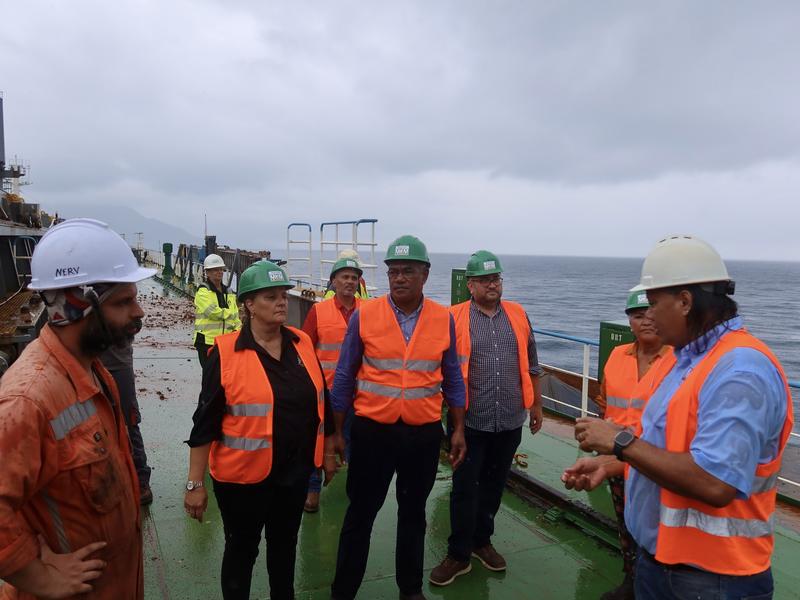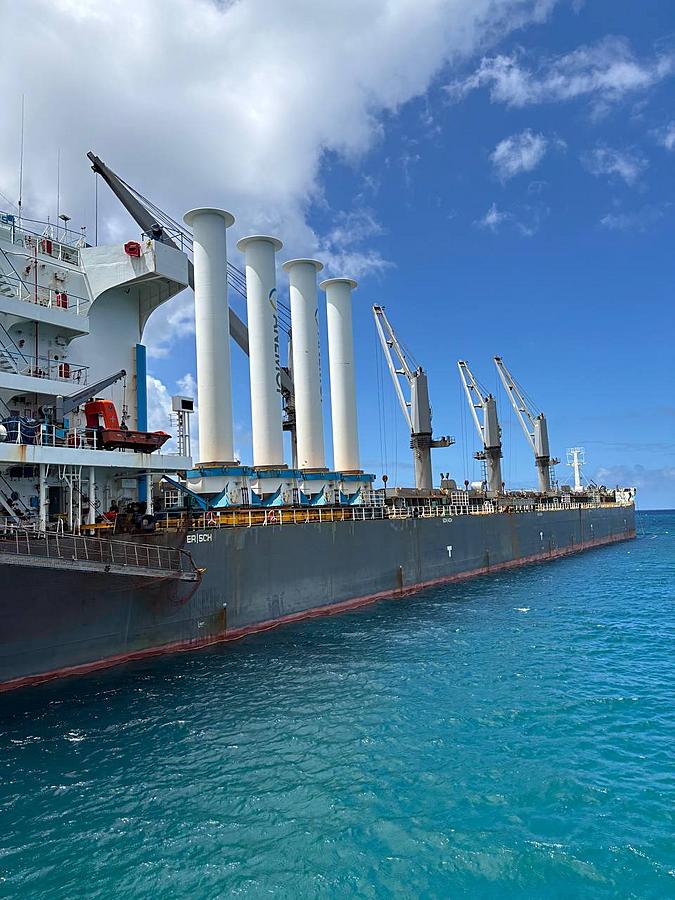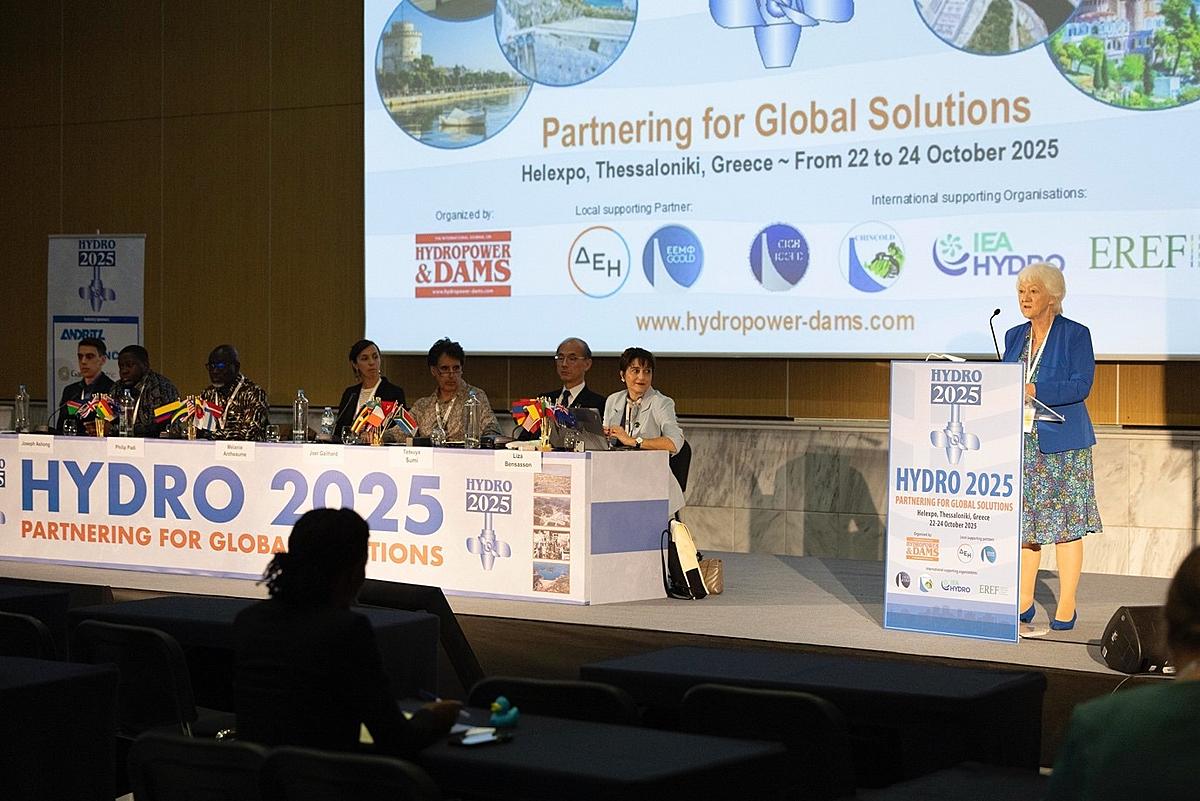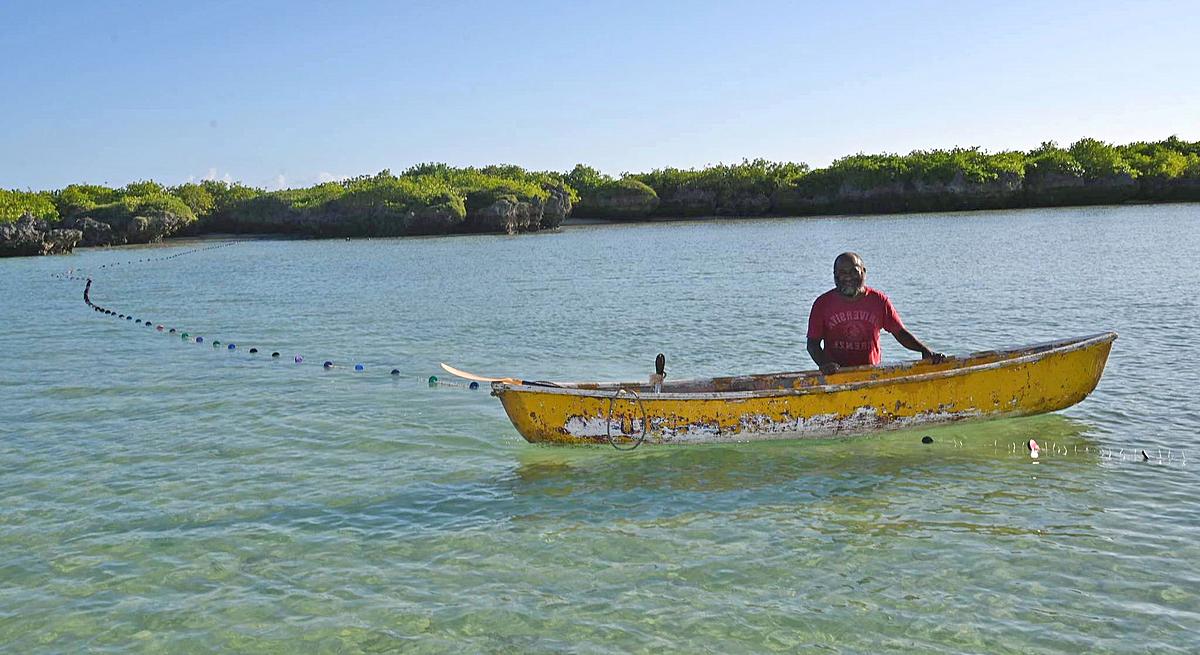In the calm waters of N’Go Bay, a striking grey and red vessel with towering white cylindrical sails drew the attention of local residents on 31 October. Measuring 195 metres in length and capable of carrying 64,000 tonnes of ore, L’Afros is not just another bulk carrier—it represents a new chapter in sustainable maritime transport.
New Caledonia’s President of the Government, Alcide Ponga, visited the vessel accompanied by Mont-Dore Mayor Elizabeth Rivière. The L’Afros has been chartered by the MKM Group to ship nickel ore to China, but unlike conventional mineral carriers, it is partly powered by the wind.
The ship is equipped with the Anemoi Rotor Sail System, an innovative technology that uses rotating cylindrical sails to harness wind energy and assist propulsion. This hybrid system allows the vessel to cut its fuel consumption by 15 to 25 percent, saving around 100 tonnes of fuel on a single voyage between New Caledonia and China.
“This ship is a world first, and we are proud that New Caledonia has been chosen as one of its ports of call,” President Ponga said during the visit. “It is recognition of our expertise and proof of our determination to decarbonise the nickel value chain.”
For an island economy deeply linked to nickel exports, the arrival of L’Afros is more than a technical milestone—it’s a symbol of transition. The nickel sector, one of New Caledonia’s economic pillars, faces growing pressure to reduce emissions across its entire supply chain.
Jerémie Katidjo-Monnier, the government member in charge of ecological transition and climate change, also toured the ship with Jean-Louis d’Anglebermes, president of the Economic, Social and Environmental Council (CESE). He noted that innovations like L’Afros demonstrate how maritime transport—often seen as one of the hardest sectors to decarbonise—can make meaningful progress.


Maritime transport currently accounts for nearly 90 percent of global trade and about 3 percent of global greenhouse gas emissions, according to the International Maritime Organization (IMO). With shipping volumes expected to double by 2050, the sector’s carbon footprint poses a significant challenge.
The IMO and the United Nations have set ambitious goals to reduce shipping-related emissions by 70 percent by 2040. The L’Afros and similar projects form part of a growing international effort to meet that target. The issue was also at the heart of the Third United Nations Conference on the Ocean (UNOC 3) held in Nice last June, where countries renewed their commitments to sustainable ocean governance.
For New Caledonia, the docking of L’Afros is both symbolic and strategic. It reinforces the territory’s aim to position itself not only as a key nickel producer but also as a responsible player in the global energy transition.
As the ship’s tall rotor sails turned slowly in the bay’s breeze, officials and observers saw more than a vessel—they saw a vision of what a cleaner, smarter, and more sustainable maritime future could look like.






